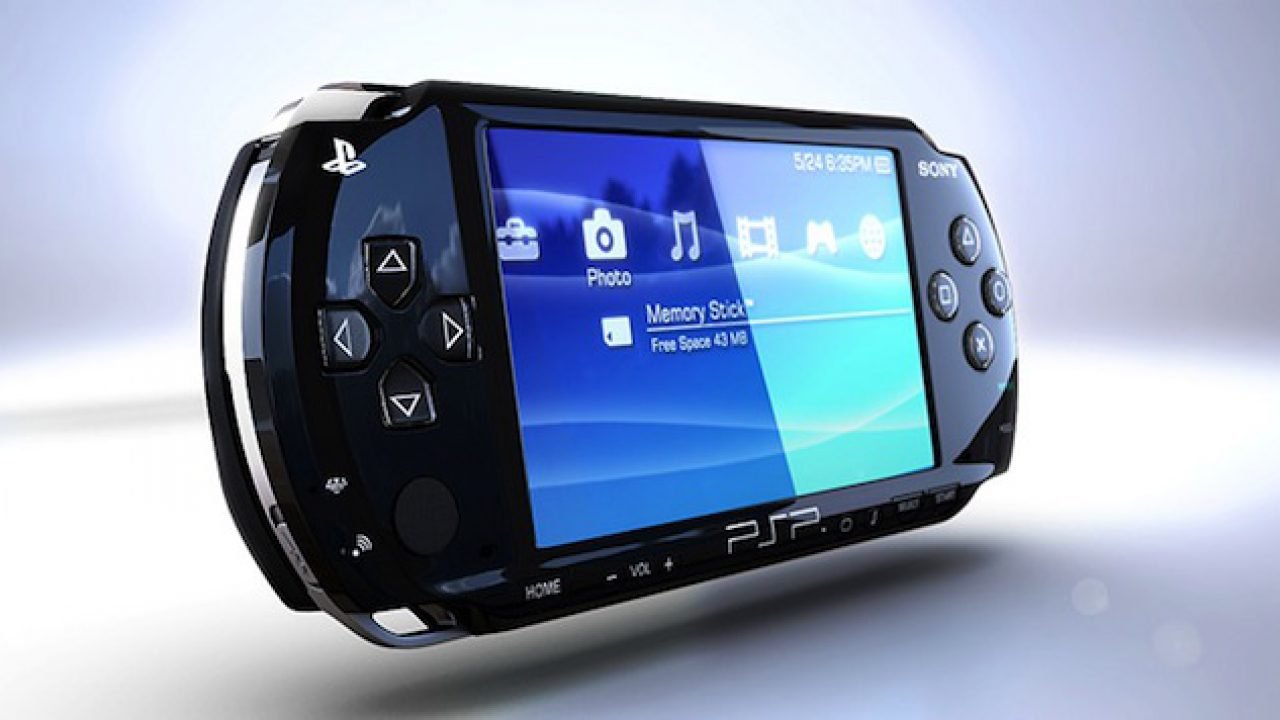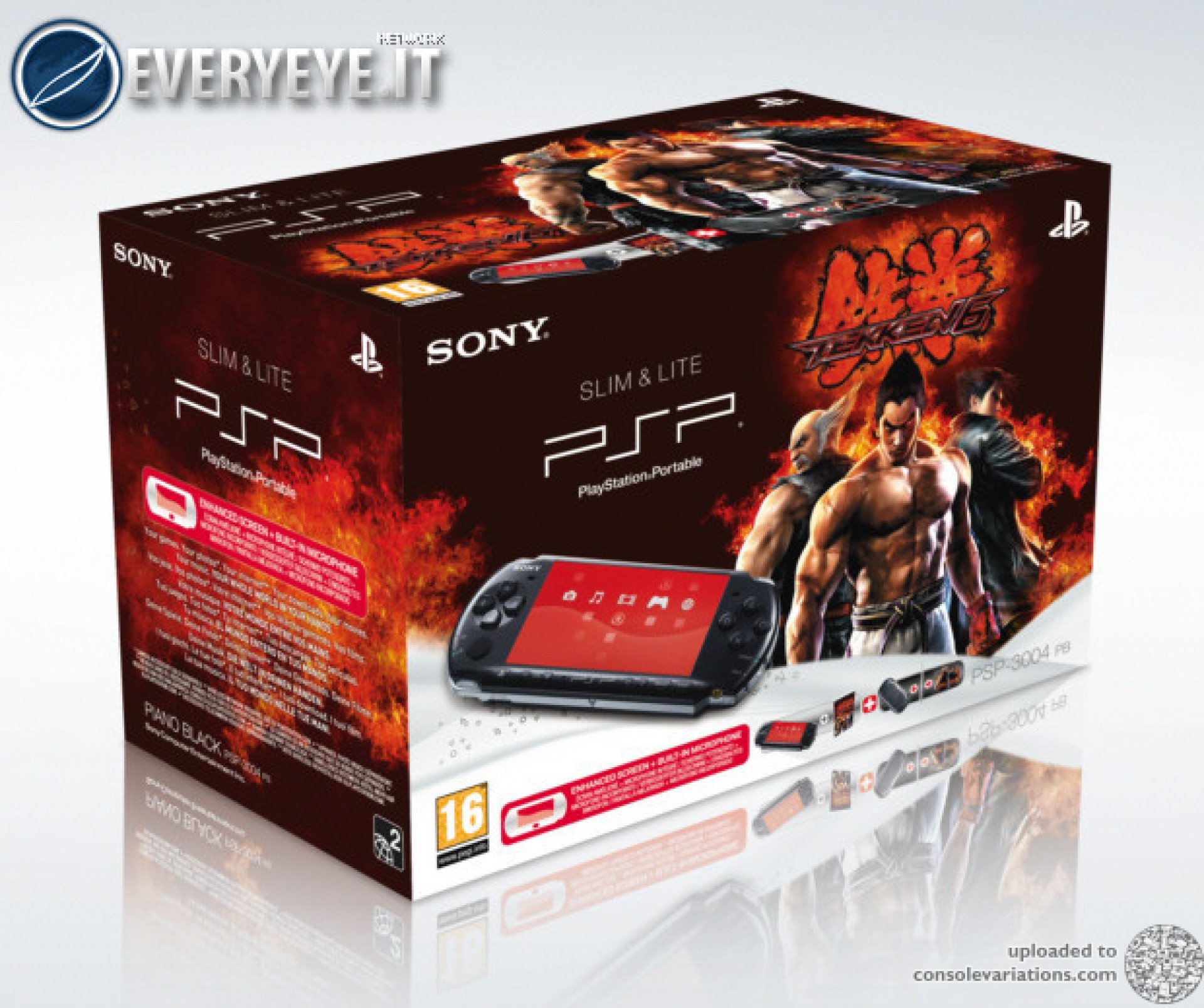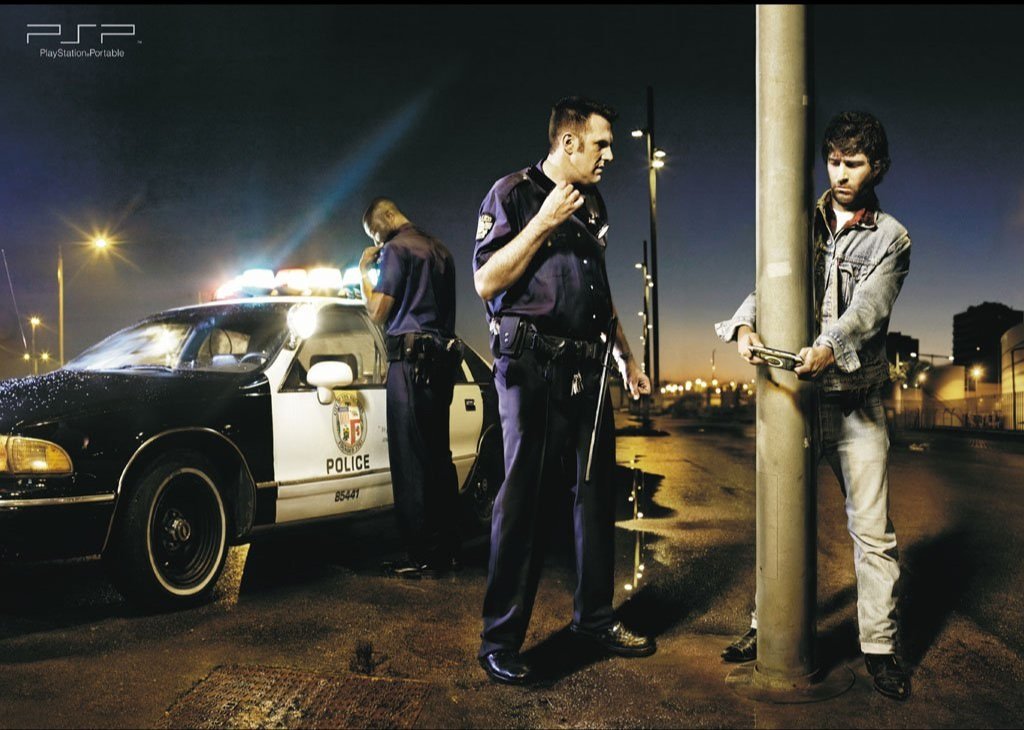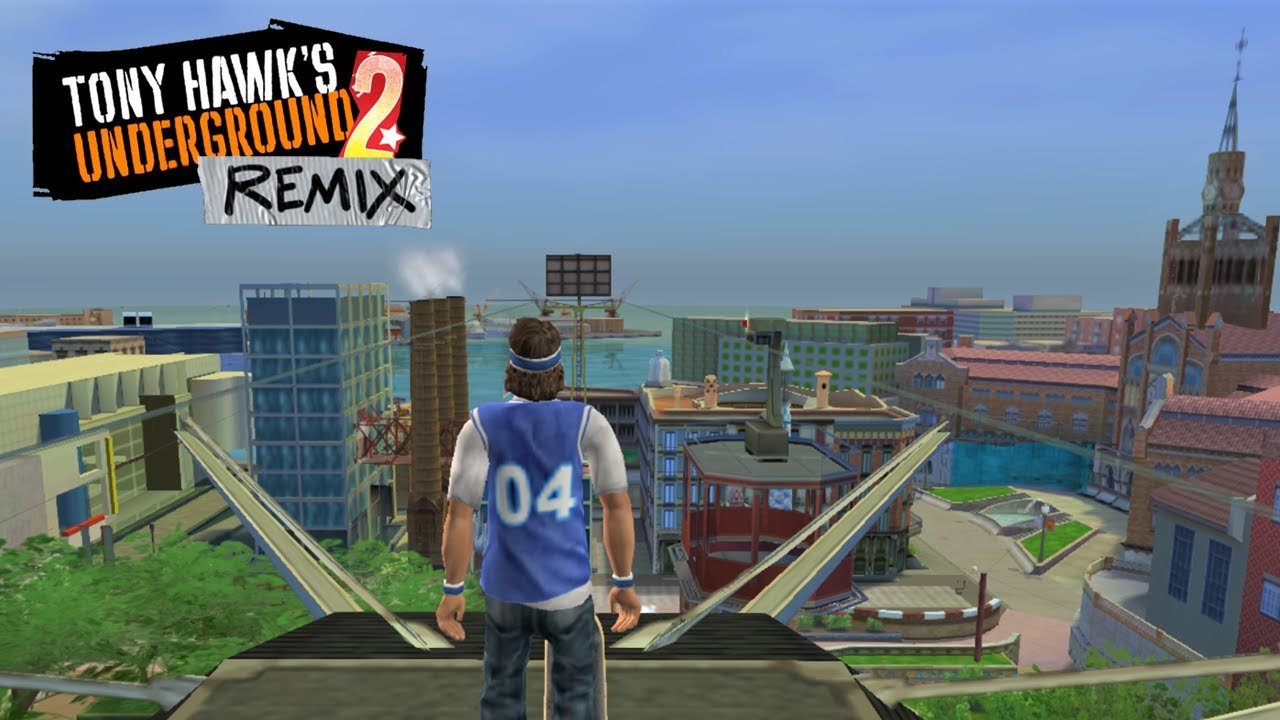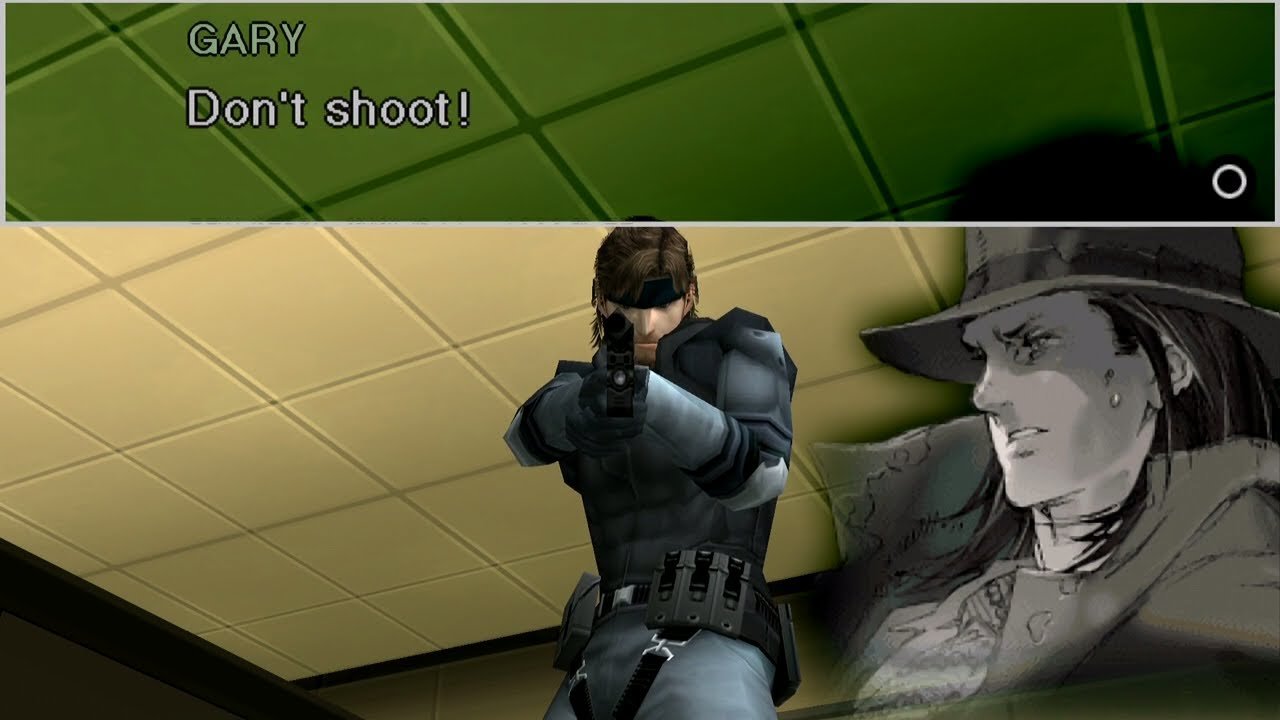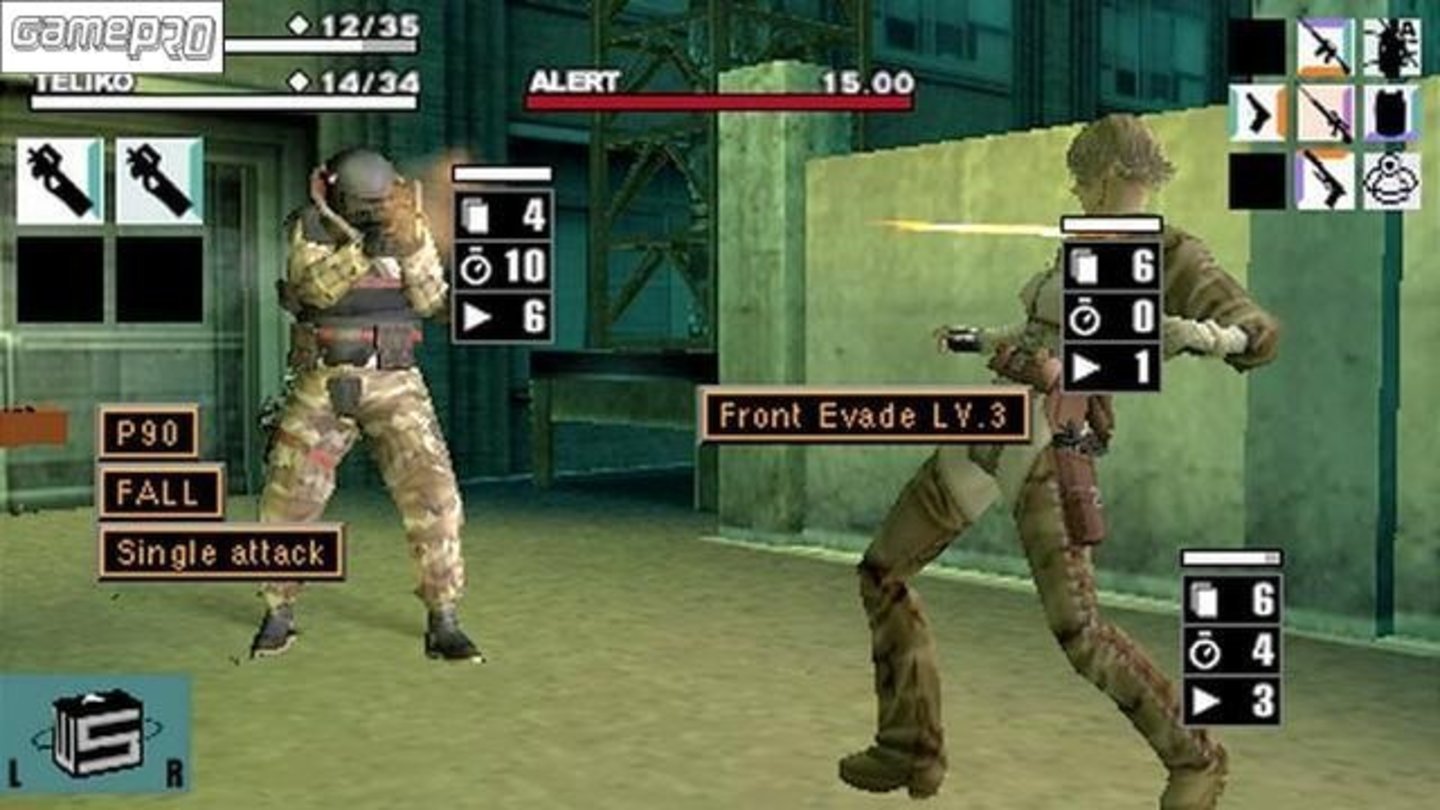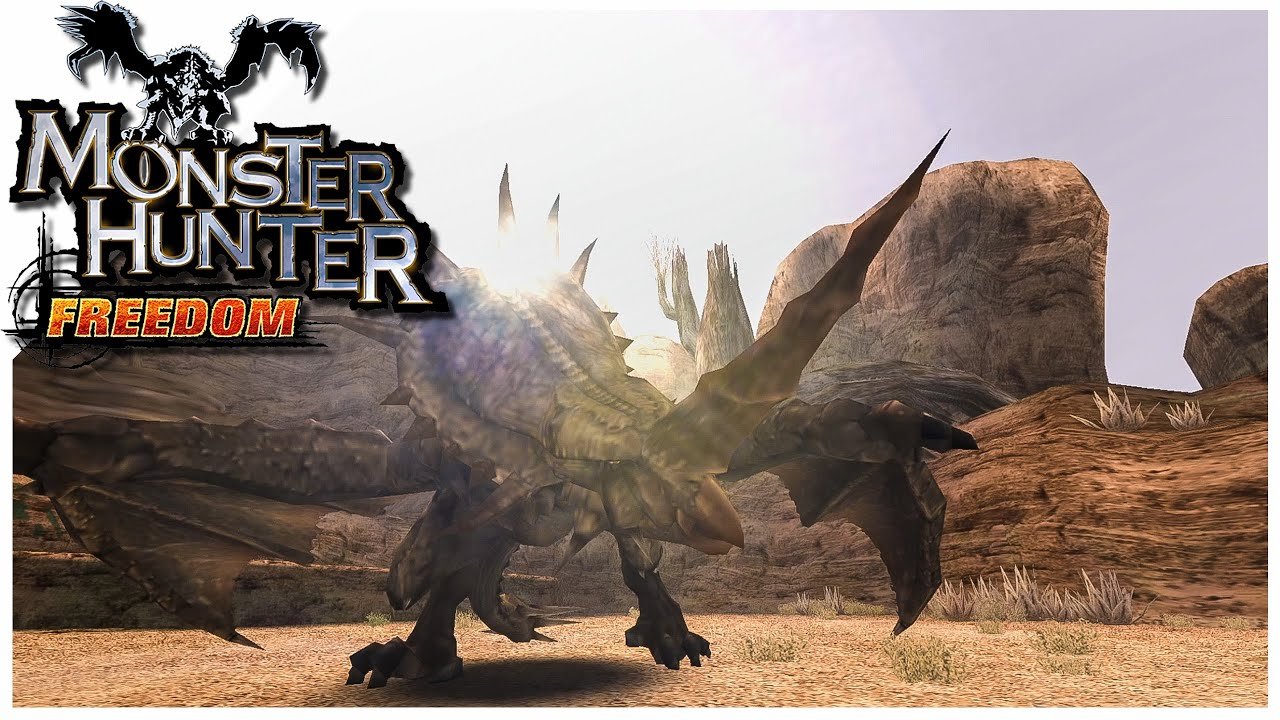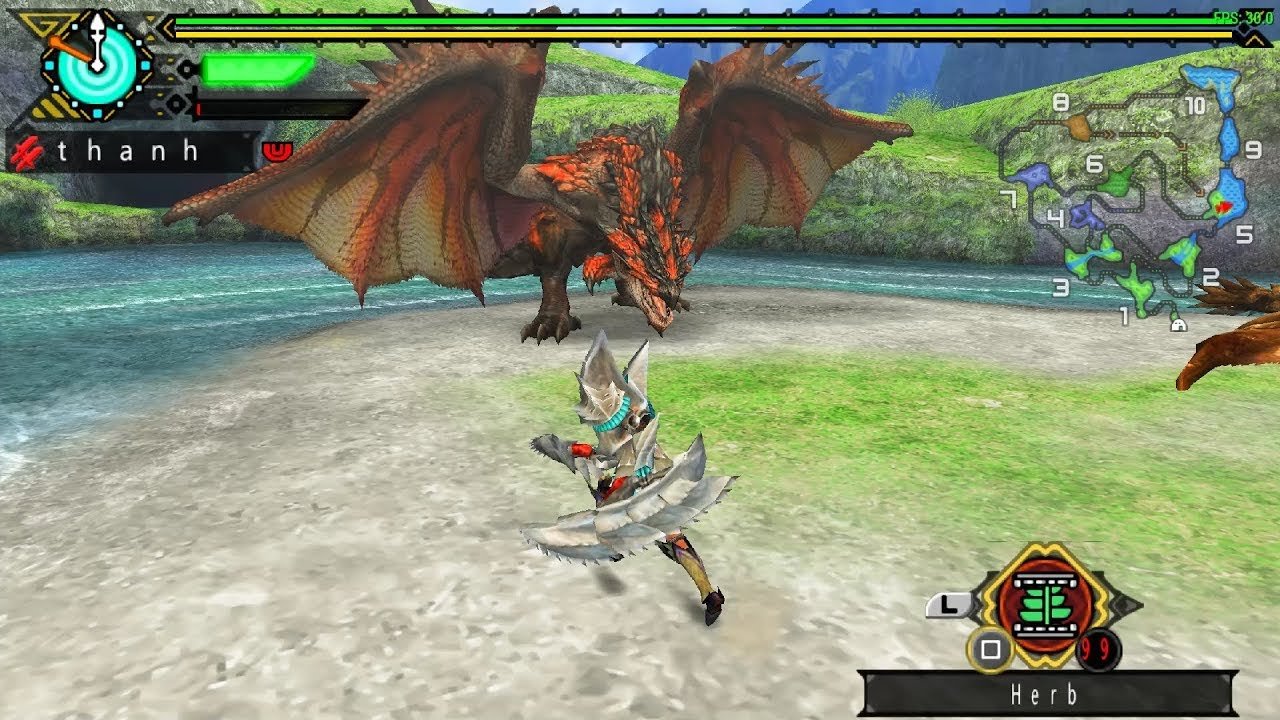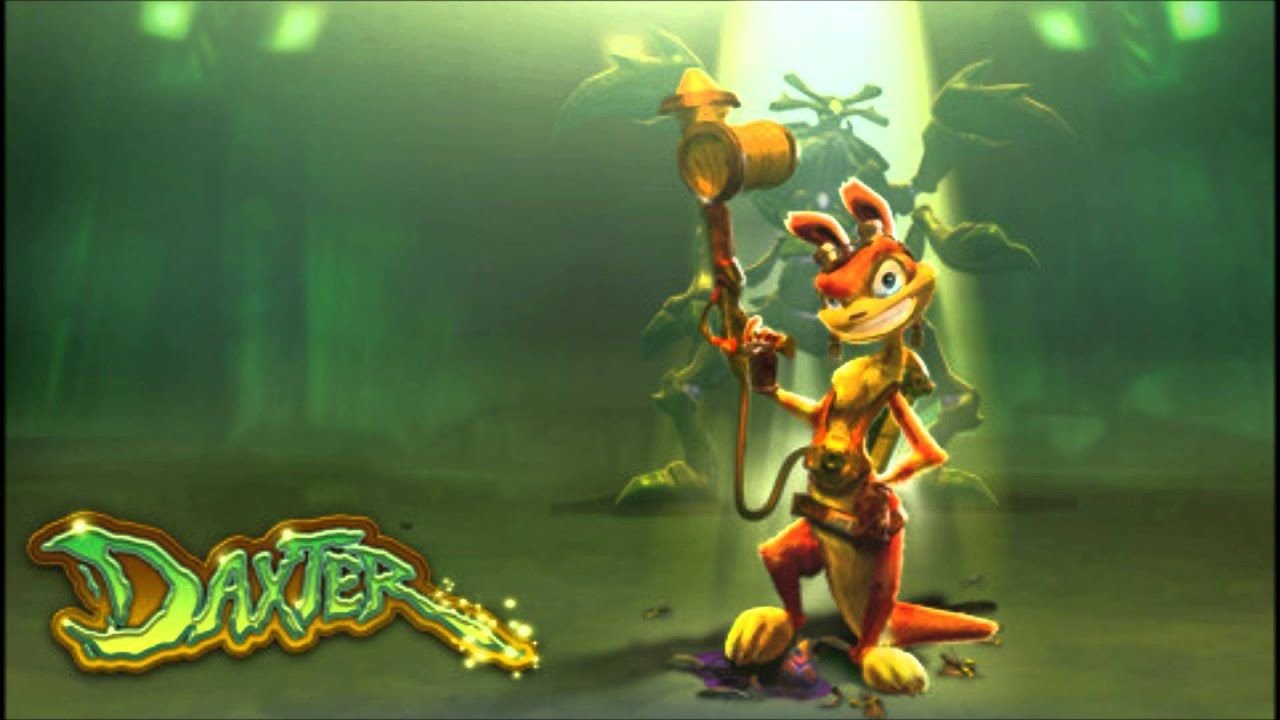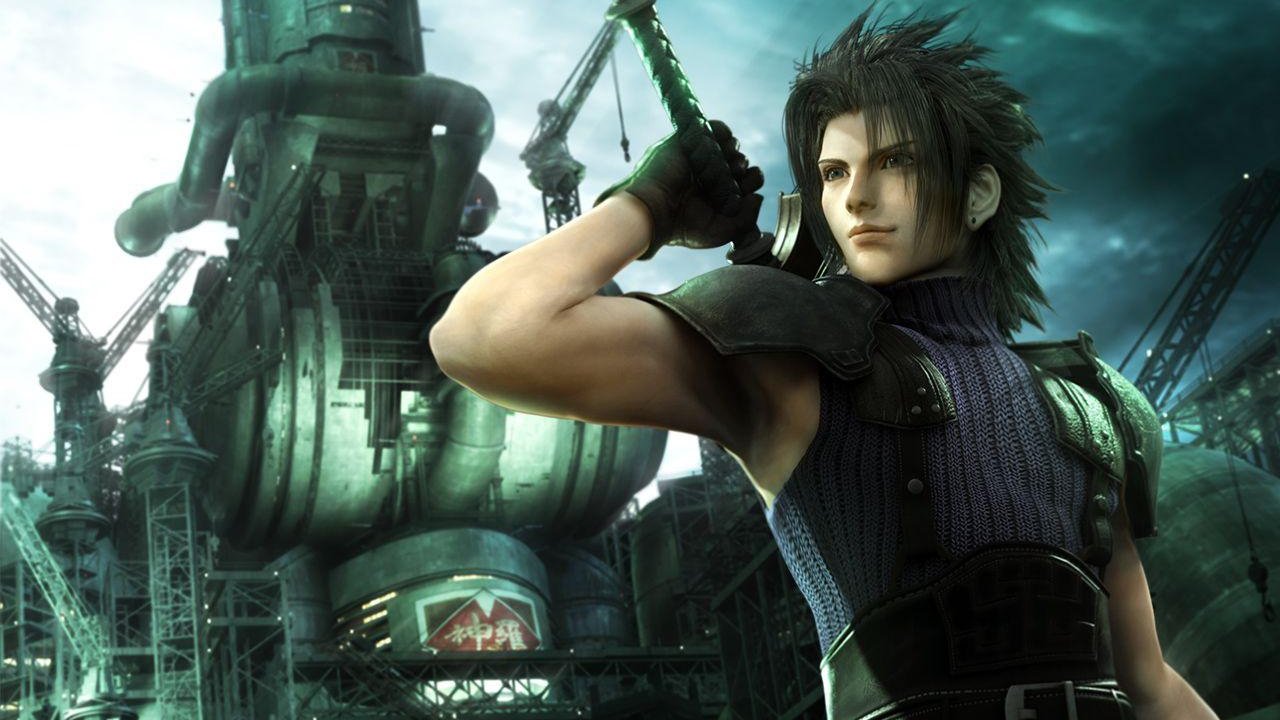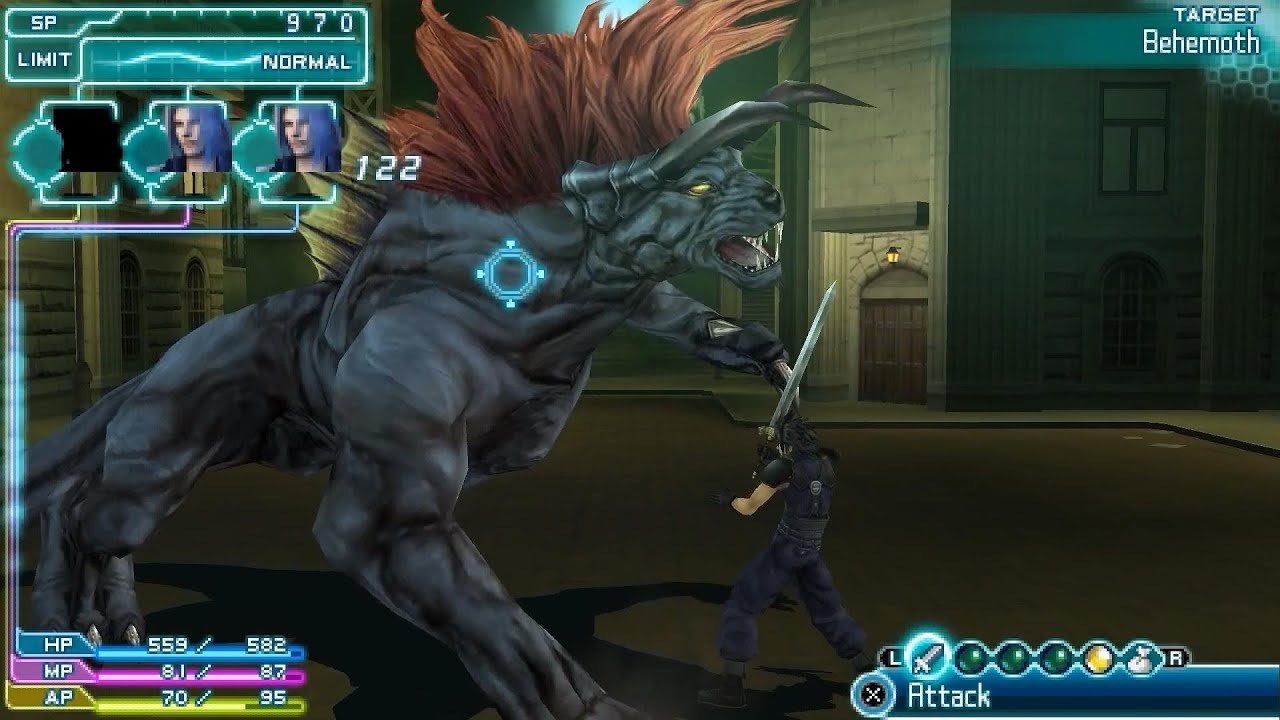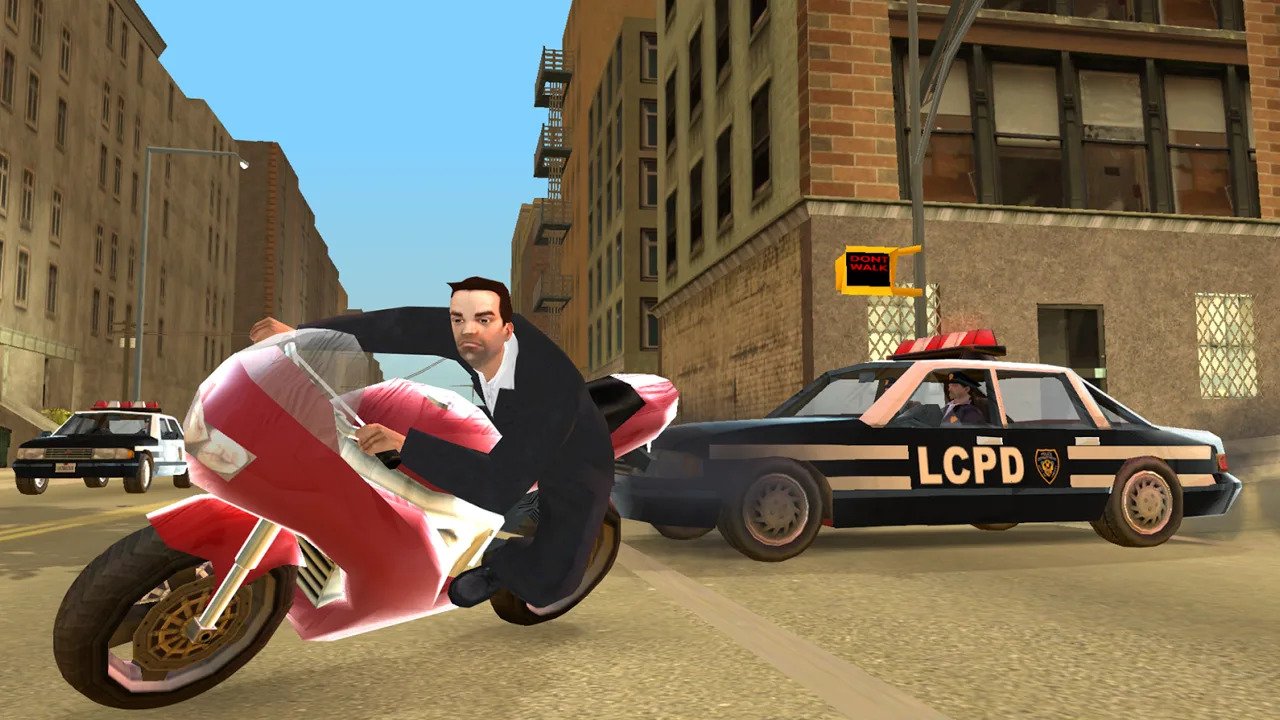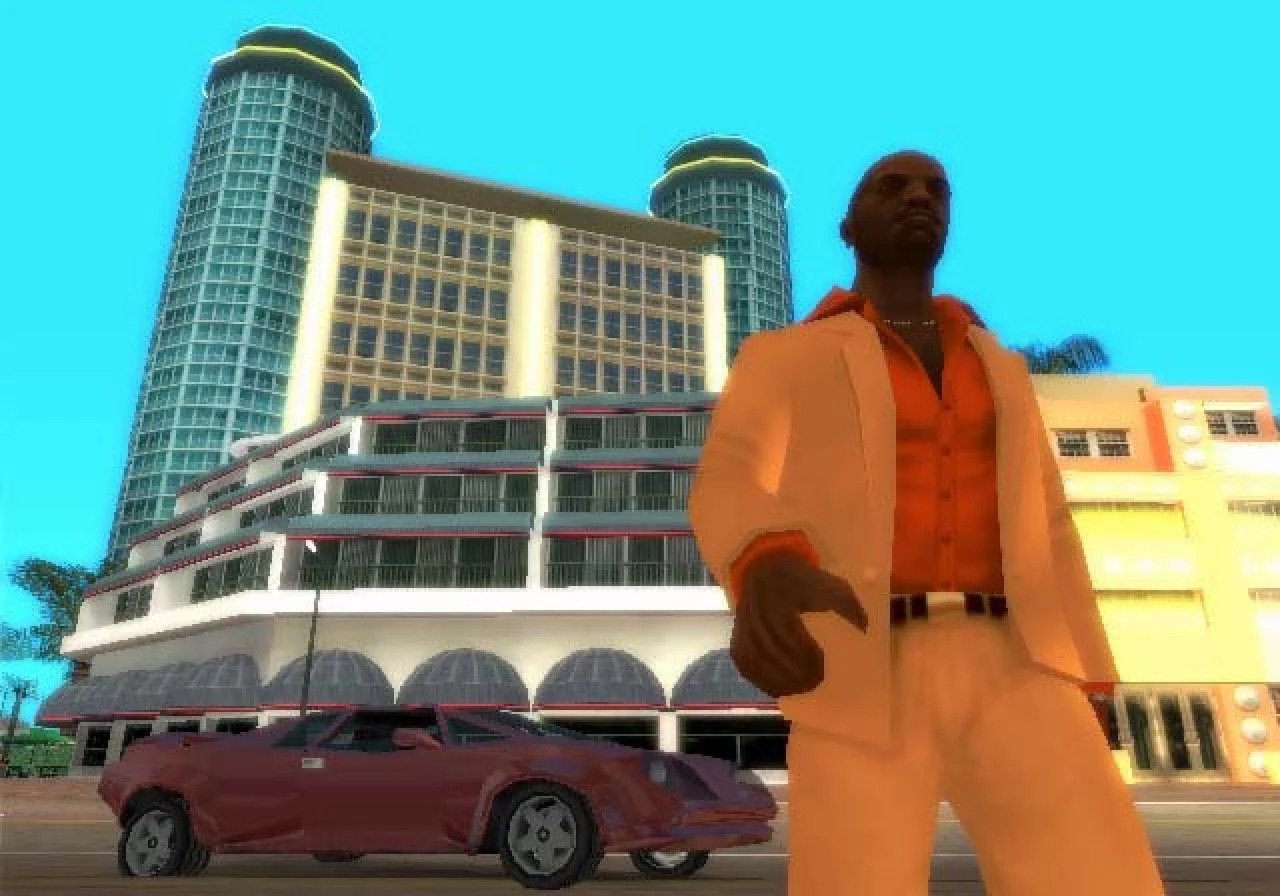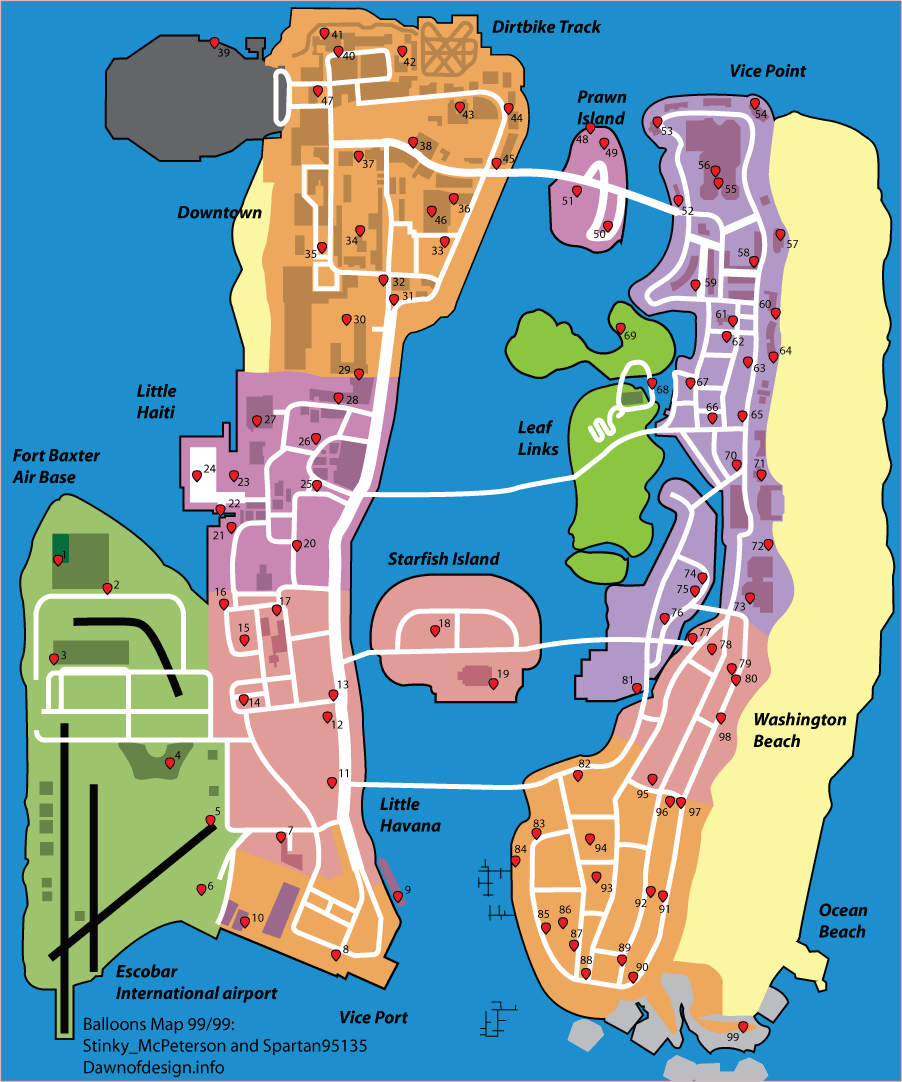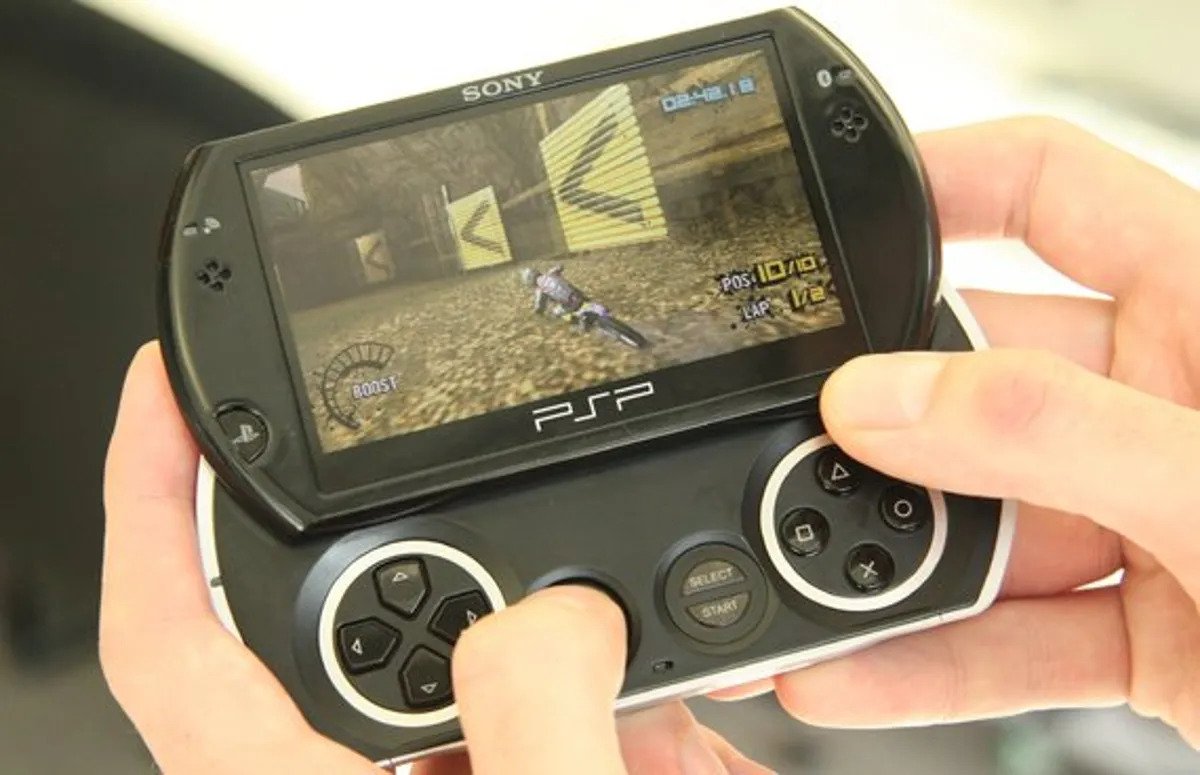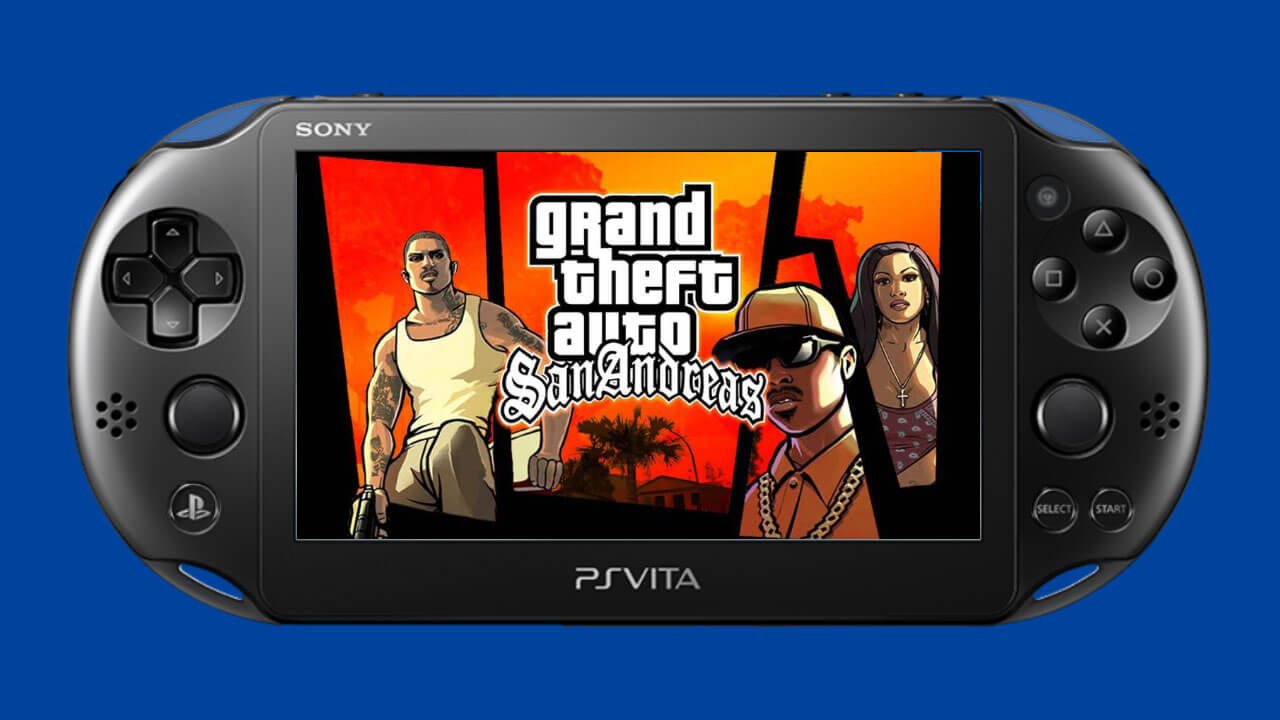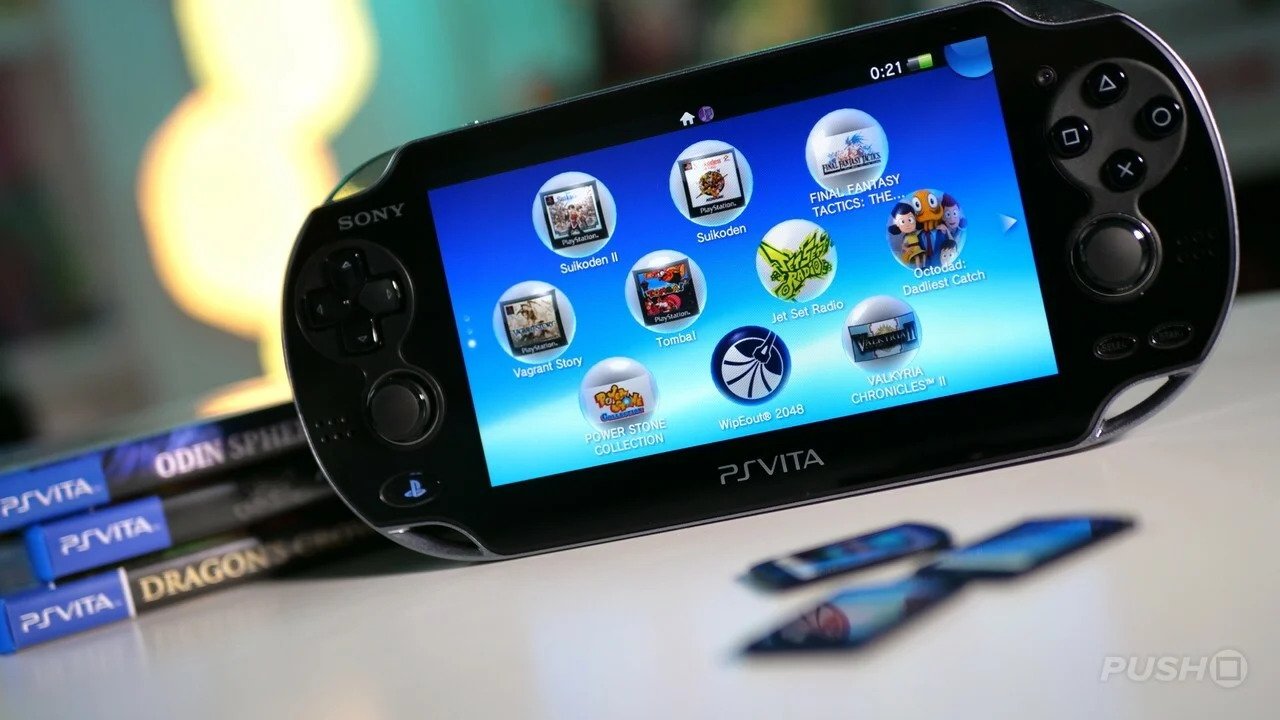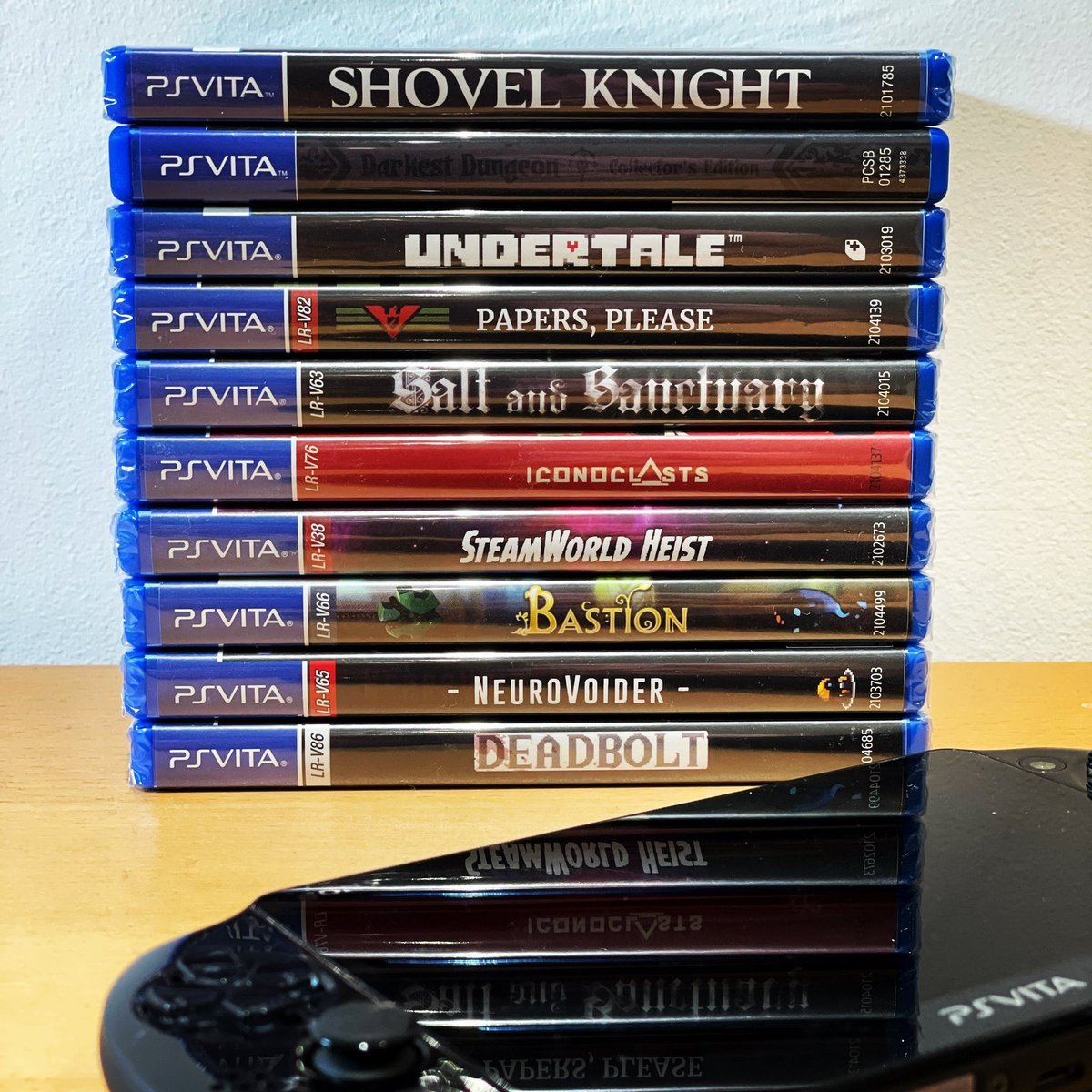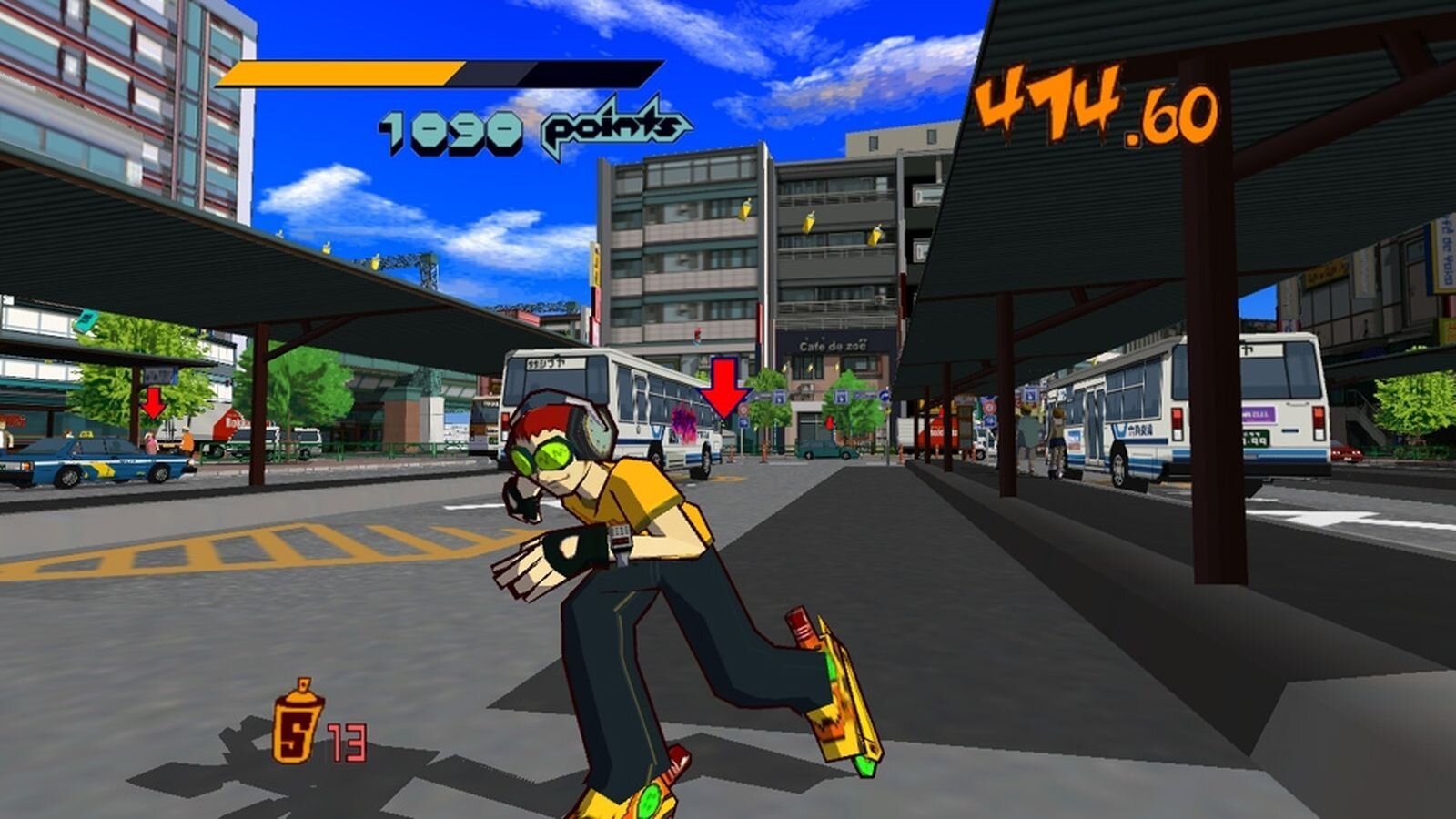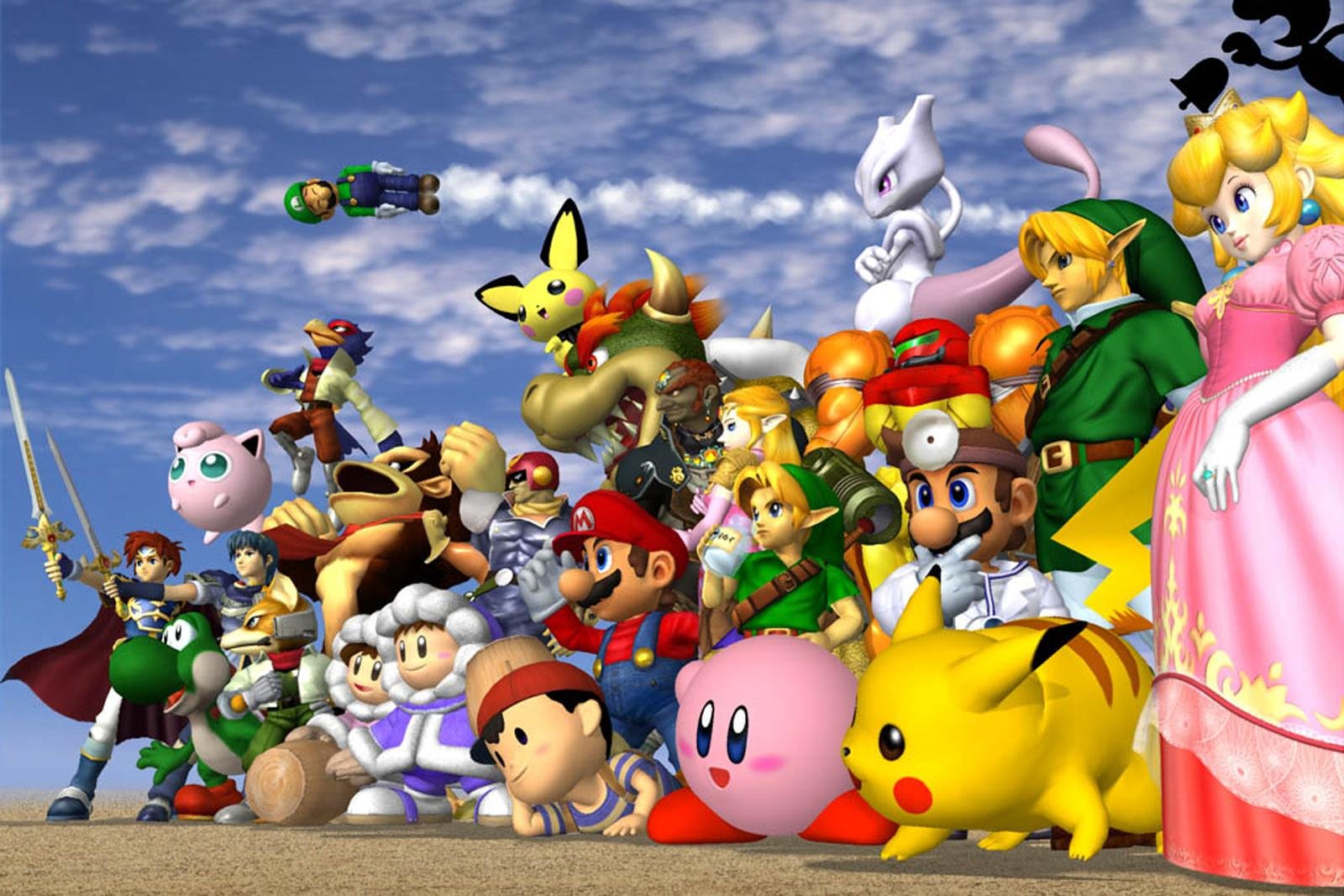the Prime Time Of Handheld Consoles – The portable power of the psp
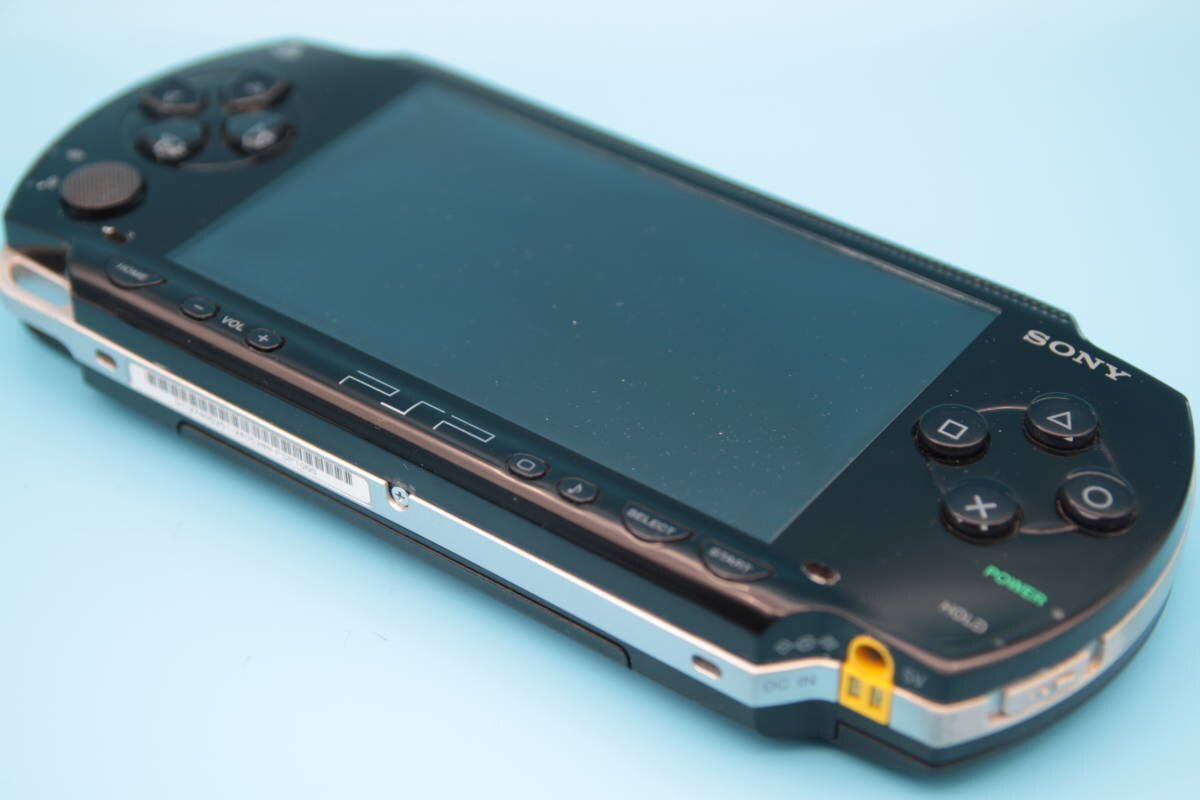
In the early 2000s, there was no doubt that Sony was the king of consoles. Selling over 159 million units, the Playstation 2 is the best-selling video game console ever. The video game industry finally started to get the attention it deserves with masterpieces like the Metal Gear, Tony Hawk, and the GTA series helping it become a cultural milestone for gamers and non-gamers alike, as well as making the PSP one of the most important consoles in gaming history.
Fast forward to 2004: While Sony dominated the home console market, Nintendo was in the middle of developing their golden age of handhelds, with the Gameboy Advance line and the soon-to-be-released Nintendo DS. Naturally, as that's the way the industry works, a constant competition. Sony wanted to chime in on the flurry of handheld console hype, and started the development of its own console, the “PSP”, short for Playstation Portable.
Built as the ultimate handheld device for all sorts of entertainment, the PSP was a 333 MHz processor powerhouse filled with killer games, plus the ability to read comics, listen to music, or even watch movies on special discs designed specifically for the console.
Official advertisement for the PSP
The huge library of games was just the cherry on top of this versatile piece of tech. We delved deep into the history of this console generation to let you relive your most nostalgic moments with the PSP, or at least make you wish you owned one if you never did. The Gems of the PSP GAME LIBRARY- The Heavy Hitters and Fan Favorites.One of the best arguments favoring the PSP’s success was its expansive game library. From the get-go, the PSP had an impressive debut lineup of games that would keep fans hooked throughout the console's long lifespan:
Tony Hawk’s Underground 2 Remix
Tony Hawk’s Underground 2 Remix was a full-fledged port of the original THUG 2 [the sixth rendition of the Tony Hawk series] but loaded with extra levels, and challenges, making it intensely enjoyable. This skating simulation marks the peak of the Tony Hawk franchise.
It can be seen as a piece of early 2000s history, a timewarp of you will, integrating pop-culture references of the era including a plot that’s very similar to the Jackass series, even featuring Bam Margera and Steve-O as playable characters.
Metal Gear Acid
Metal Gear Acid, produced by the one and only Hideo Kojima while he was still working under Konami, offered a fresh approach to the prominent Metal Gear series, focusing its gameplay on a mix of turn-based tactics with aspects from trading card games thrown in for variety.
This sounds like a weird way to approach the usually stealth-focused game series, but the game still shines due to complex and risky mechanics where you really had to come up with a strategic plan to overcome each challenge.
As one of the best-known hits made for the PSP, Metal Gear Acid still saw the light of day in the following years after its release even up to 2010, six years after the console’s original debut, paving the path for many nowadays best-selling series like Monster Hunter.
Monster Hunter
Monster Hunter, the franchise best known for Monster Hunter World and Monster Hunter Rise, initially debuted in 2004 on the Playstation 2 but didn’t manage to grab the attention of the gaming world until the release of its first PSP title: Monster Hunter Freedom.
Hunting enormous, giant dragons and other mystical creatures in a real-time combat-like RPG was the game’s main feature, while the very diverse inventory of armor and weapons [gruesomely crafted using the parts of the enemies you’ve defeated] developed into an incredibly addictive reward system for players.
Endless hours could be spent in the game’s intricately designed biomes, fighting a plethora of creatures with unique abilities. This fail-proof combo of beautiful character design options and environments resulted in a steady stream of Monster Hunter new releases up until the final drop of Monster Hunter Portable 3rd in 2010, which managed to sell a stunning 4.9 million copies despite its limited release in Japan and Korea.
However, the game best remembered by fans will probably be Monster Hunter Freedom: Unite, the definitive edition of the Monster Hunter Franchise, and a must-play for any gamer just dipping their toes into the series.
Daxter
The Jak and Daxter trilogy held some of the best jump-and-run titles the Playstation 2 featured and played a massive part in the success of the whole genre. Of course, the success of the PSP couldn’t be discussed without a new entry to the series which led to the series’ second spin-off: Daxter.
In this title, the developers at Ready at Dawn decided to split up the fan-favorite duo, giving more stage time to everyone’s favorite side-kick Daxter. The plot takes place between the first two titles of the trilogy, following Daxter on his job as a bug-exterminator while also searching for his seemingly lost buddy Jak. The game’s one-of-a-kind humor and fun level design made it the perfect combination for a handheld title, whether you’d play for a quick round on the go or a longer session while posted up at home.
Crisis Core: Final Fantasy VII
However, one of the biggest PSP fan-favorites belongs to the worldwide beloved Final Fantasy franchise, Crisis Core: Final Fantasy VII. The prequel to the probably best-renowned game of the series was developed especially for the PSP and became a smash hit globally. The plot follows the story of Zack Fair, a soldier, fighting alongside Angeal and the one and only Sephiroth to find out the truth about the vanished SOLDAT Genesis.
Many prequels or spin-offs of bigger series tend to turn out as washed-out substitutes that don’t quite cut it with audiences, but Crisis Core is the absolute opposite. Even without knowledge of the previous games, the game still holds its own, especially due to its engaging and comprehensive combat play, which was groundbreaking at the time and elevated the regular round-based Final Fantasy gameplay in prior releases.
The whole game tells an incredible narrative story just as good as you would expect from a Final Fantasy game and gives a deep look into what made Sephiroth the ultimate villain of this series.
Grand Theft Auto
Now for the real deal: It’s no secret that the PSP technically outshined the Nintendo DS by quite a bit; it was still a handheld with technical limitations. However, some games that were released for the system just seemed outright impossible and therefore became an incredible success: GTA Liberty City Stories and Vice City Stories.
The possibility of playing a full-length GTA game on the go made the portable version a gamer’s dream come true, and both titles delivered fully on their promises:
Liberty City Stories takes place in Liberty City, the same as GTA 3, however three years prior making the game become pretty much its prequel especially due to the inclusion of many of it’s beloved characters. Vice City Stories acted similarly, taking place in Vice City two years before GTA: Vice City.
The gritty and unpredictable world, tinged with humor and brash style resulted in impactful “gaming universes” in the history of open-world games. The ability to explore these worlds, through bizarre side quests and sharply funny dialogue, packed full of hundreds of hours worth of content while on the go, was a game-changer at the time, turning the GTA franchise into best-selling PSP titles ever, both together selling over 15 million times.
DIFFERENT EDITIONS- THE PSP’s Evolution Over Time
Throughout the years the PSP saw quite a few renditions ranging from smaller to quite “bigger” changes – even though the designs got smaller. The initial PSP launch featured the PSP-1000, nowadays endearingly named the “PSP Fat” because of its bulker width. This model was redesigned in 2007, with the introduction of the PSP-2000 Slim & Lite, a smaller rendition of the original design.
PSP 1000 aka the “PSP FAT”
Both renditions have a ridiculous amount of limited editions and colorways, which sell for astonishingly high amounts today, marking the PSP as a collectors’ favorite with an active secondhand marketplace. While there was also the PSP-3000 a rendition with only minor tweaks compared to the 2000 model, the biggest change in design came with the release of the so-called new model PSP GO.
With the new PSP GO model, Sony decided to switch things up quite a bit, with the biggest change next to the design being the drop of the UMD disc drive. The PSP GO featured a slide-up display with all buttons stored underneath, making it nearly half the size of the original model and a weight of only 159 grams. The new edition turned out to be a commercial flop, even though the console included 16 gigabytes of flash storage. This lack of popularity was partially due to users having to buy all their games online and not being able to play their previously bought UMD discs. Poor sales PSP GO’s production halted production after just 2 years.
The SUCCESSOR TO THE PSP: THE PS VITA
The undeniable success of the PSP meant Sony could keep its momentum in the handheld console market, that is until the PSP’s discontinuation in 2014, almost a decade after its initial release. A console can only remain at the helm of relevance for so long. The final death of the PSP was briefly resurrected with the release of the Playstation Vita in early 2011. The overall idea of the console seemed undoubtedly amazing: sporting graphics nearly identical to the Playstation 3, a touch-sensitive back pad, both front and back-facing cameras for augmented reality inclusion, as well as many more nice bells and whistles.
All of these features could have been serious advancements if bound incorrectly into games, but sadly this is exactly where the console didn’t manage to fill its predecessor’s footsteps, as a very small amount of games taking advantage of the hardware unique capabilities, due to the systems very complex architecture coupled with game developers lack unique ideas to engage the new generation of gaming audiences clamoring after the next big thing.
Even though the amount of games released on the PS Vita doesn’t come near the variety of the PSP’s library, there are still many notable but not groundbreaking games such as Uncharted: Golden Abyss, Soul Sacrifice, or the reliable PS2 Ports of Persona 4: Golden or the Ratchet and Clank Trilogy to satisfy your gaming cravings.
While the console is deemed to be a commercial failure, its community is still quite ongoing as many collectors and fans name the PS Vita as king of emulation, giving it the possibility to still shine on its own without being overshadowed by its older brother.
THE FUTURE OF THE PSP: STUCK IN THE PAST OR A MASTERPIECE FOR THE NEW GENERATION?
Due to the commercial failure of the PS Vita, it is hard to say if Sony has fully turned its back on handheld devices or if they will ever return to a golden age similar to the early 2000s with the PSP’s initial debut. Rumors continue to bubble up and circulate about a possible successor, but until now no such signs have been shown from Sony directly.
The question is, do we even need a new rendition of the PSP? Considering its age of nearly 18 years the PSP still holds up a giant library full of great games that are fresh and have some amazing stories to tell, leaving that a question to be answered by gamers themselves.

